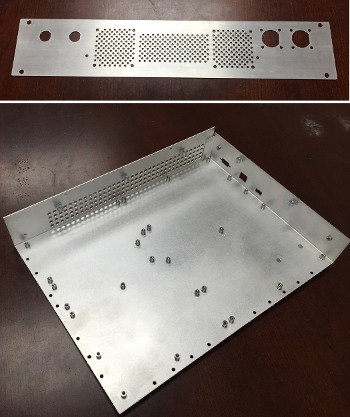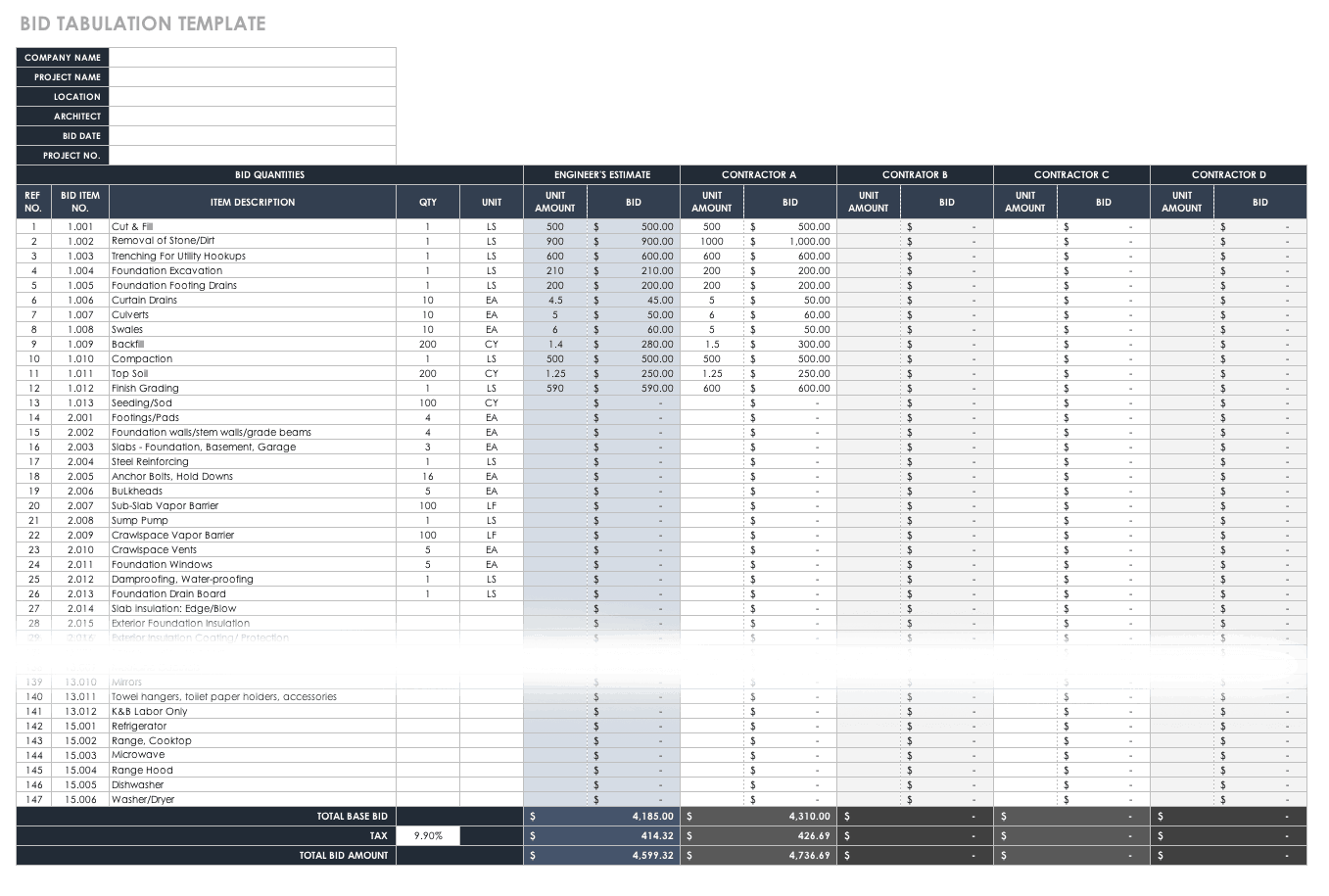Tab And Slot Sheet Metal Design
Sheet metal design guidelines are followed to design quality sheet metal enclosures. This helps in delivering the product at low cost and faster timelines. All
- Sheet Metal Tab And Slot Design Guide
- Sheet Metal Tab And Slot Design
- Tab And Slot Sheet Metal Designs
- Sheet Metal And Tab Slot Design Guide
Tabs and slots are commonly used to align interlocking sheet metal components, and the new Tab and Slot feature in SOLIDWORKS 2018 allows for corresponding tabs and slots to be created in one operation. This is definitely easier than using a complicated design library feature or separate extrude, cut, and pattern features. When using slots and tabs the maximum width of the slot must be greater than the thickness of the tab and the tab length should equal the material thickness. Tabs The minimum width is equal to two times the material thickness or 3.200 mm, whichever is greater, while the maximum length is five times the width. SOLIDWORKS 2018 welcomed a great new feature called Tab and Slots designed for Sheetmetal and Weldments users. SOLIDWORKS 2019 enhanced the feature with group linking, the use of nonlinear edges, slot corner shapes, and through all cuts.


Sheet Metal Design Guidelines
Following points should be considered during the design of sheet metal parts for press bending.
Sheet Metal Material Selection
- Simulation Studies
- Past Experience
- Reverse Engineer existing products
- Experimental Studies
Read this guide to know more about sheet metal material selection Process.
Minimum inside bend Radius for Sheet Metal Parts
Sheet Metal Tab And Slot Design Guide
Sharp inside bend radius in sheetmetal parts can cause material flow problems in soft material and fracturing in hard material. Which results in localized necking or fracture. Therefore sharp bend radius is not recommended in sheet metal parts.
Bend radius throughout the sheet metal part is kept constant to take the advantage of using the same tool during manufacturing.
Minimum Sheet Metal Bend Length Recommendations
Minimum Hole Diameter Guidelines
Hole/Slot Distance from Bend Edge
Minimum distance between hole/slot edge to bend edge is recommended to avoid metal distortion, deformation and fracturing.
Center to Center Distance Between two Holes
Minimum center to center distance between two holes in sheet metal parts is required to avoid metal distortion, deformation and fracturing.
Recommended Minimum distance between two hole centers in sheet metal design should be equal to sum of hole radius plus two times the sheet thickness.
Recommended Distance = Radius of Hole1 + Radius of Hole2 + Sheet ThicknessEffect of Grain Direction in Sheet Metal Bending
During sheet metal processing ( rolling operation), material grains are arranged in the direction of rolling. When Sheetmetal is bend perpendicular to rolling direction grain rearranges. That has negligible impact on part strength. Whereas bending parallel to rolling direction can lead to cracks because of destruction in grain structure.
Bend Relief in Sheet Metal Bend
Bend relief is provided at the end of the bending edge in sheet metal design to avoid any crack tearing in the corner. Relief height is generally kept greater than two times of sheet thickness plus bend radius.
Extrude Hole Size and Position Guidelines
Creating an extruded hole using a punching process requires extreme pressure/Force. Extruded holes very close to the part edge can lead to sheet metal deformation or tearing. Therefore the minimum distance between the extruded hole to edge if maintained.
Extruded hole to part edge (B) = 3T + D/2Center of extruded Holes (A) = (5 + Hole Dia + 2T)Extruded Hole and bend edge (C) = 3T + R + D/2Round Emboss Design Guidelines
Creating Emboss feature using sheet metal punching requires extreme pressure. Very close emboss to the part edge, can lead to deformation in the sheet metal part.
A – Distance From Emboss To part Edge = 3T + D/2B- Distance Between Two Emboss = (5 + D)C- Distance between Emboss and Sheet Metal bend = 3T + R + D/2Dimple Feature Design in Sheet Metal Parts
Louver Feature Design in Sheet Metal
Minimum distance between louver feature and bending edge is maintained to avoid metal deformation.
(P1) Distance Between Two lowers on Shorter Edge = 5 mm(P2) Distance Between Two lowers on Longer Edge = 8 mmSheet Metal Tab And Slot Design
Round Knockout Design Recommendation
Tab And Slot Sheet Metal Designs
(P1) Distance Between Two knockout = (5 + D) mmSlots & Tabs
Sheet Metal And Tab Slot Design Guide
Slots & Tabs
I am trying to write a design standard for slot and tabs and am not even convinced it will work on a large scale.